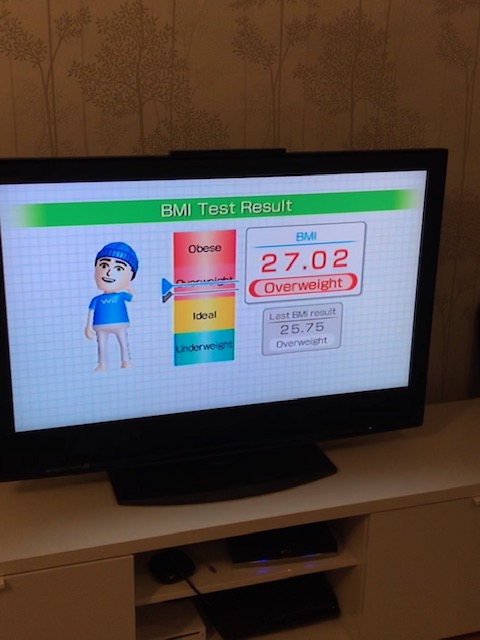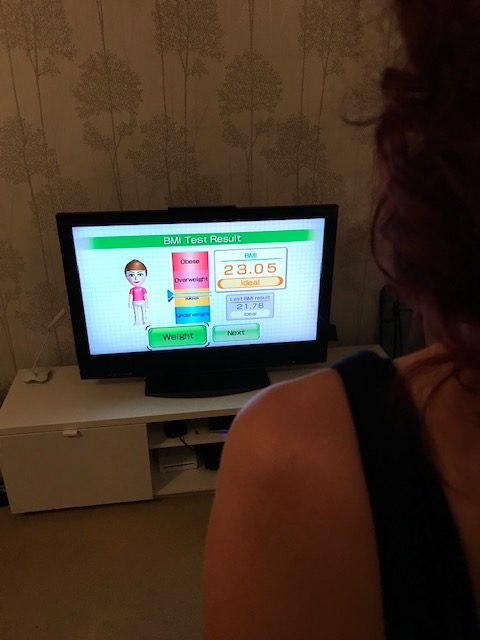The Problem With BMI and Why a Single Definition of Healthy Weight is Unhelpful. An Important Message for Weight Conscious Teens.

What is BMI?
BMI (Body Mass Index) is a calculation that takes into account your weight and height and tells you if you are underweight, healthy, overweight or obese (see figure 2). The measurement was created in the 1800s by a Belgian mathematician Adolphe Quetelet and by the 1900’s it was adopted by governments world wide to categorise weight and measure general health.

Why I decided to share this information.
I started to think about BMI recently when working with an anorexic adolescent and after seeing how much importance she placed on keeping her BMI low and staying at the low end of the underweight category.
Anorexia Nervosa is a serious, emotional disorder characterized by an obsessive desire to lose weight by refusing to eat. Research suggests that between 1.25 and 3.4 million people in the UK are affected by an eating disorder. Around 25% of those affected are male and eating disorders have the highest mortality rate of any psychiatric disorder in adolescence. (NICE, 2017).
As part of my client’s treatment we conducted some research and looked to define ‘healthy weight’ and what it meant to be in ‘good health’ to help her change the way she looked at her own body and her relationship with the scales. She found it really helpful to start to challenge her beliefs about weight and the importance of BMI. Her thinking, eating and weight rules had become extremely fixed and rigid overtime.
BMI does not distinguish between fat and muscle mass and may over estimate your body fat percentage if you are extremely muscular.
With my husband Chris’ consent I shared figure 1 with my client a photo of Chris lifting weights and figure 3 from my husband’s recent wii fit result to show her that you can still look very fit but can have a high BMI and be considered ‘overweight’. She found this really helpful and said it made her question how reliable BMI and the scales are.

I also shared my wii fit results with my client to show her that you could be healthy and slim but still be at the upper end of ideal. This was mainly to model being ok with having a ‘normal weight’. Again she was very

A post on the NHS website titled ‘BMI categories may need adjusting ‘ (2016) states that waist circumference and waist-to-hip ratio may give a better indication of body ‘fatness’ than BMI after a recent cohort study found that a BMI of 27 (currently classed as being an overweight BMI) is linked to the lowest rate of death; which goes against the view that people in the healthy weight range category have better general health.
Conclusion.
Whilst a BMI can be a general indicator of high body fatness it has its limitations, especially where fit and muscular individuals are concerned. It can be useful when assessing the severity of an eating disorder and determine the level of care sufferers need.
However it is important to highlight that having a high weight or BMI does not necessarily mean that you are unhealthy or fat. I feel its important teenagers in particular have access to this information and understand that there is much more to weight and health than a number on the scales or a BMI category.
Teenage girls in particular are at risk of developing eating disorders, they may compare themselves to friends and strive to be in the underweight category or hit an ideal weight which may be difficult for them to ever achieve if they have a high bone density or muscle mass.
My advice would be for teens to engage in healthy eating and regular physical activity and concern themselves far less with the number on the scales. It is so important to remember that every body is different and a person’s genetic inheritance influences bone structure, body size, shape and weight differently.
‘An ”ideal” body weight is the weight that allows you to feel strong and energetic and lets you lead a healthy, normal life’.
.
Claire Littlejohn,
Director of Guiding Minds Therapy.
BABCP Accredited Cognitive Behavioural Therapist, Mental Health Nurse, Therapeutic Play Practitioner.
Recent Posts
- Covid-19 Anxiety: A CBT Support Package
- The Problem With BMI and Why a Single Definition of Healthy Weight is Unhelpful. An Important Message for Weight Conscious Teens.
- Application Of Padesky’s ‘Assertive Defense Of The Self’ Method Used In Social Anxiety To Young Children And Teenagers Being Bullied
- The Positivity Jar: A Great Way to Boost a Child’s Self Esteem and Increase Positive Behaviours.
- How to Approach the Topic of Death with Your Young Child.


